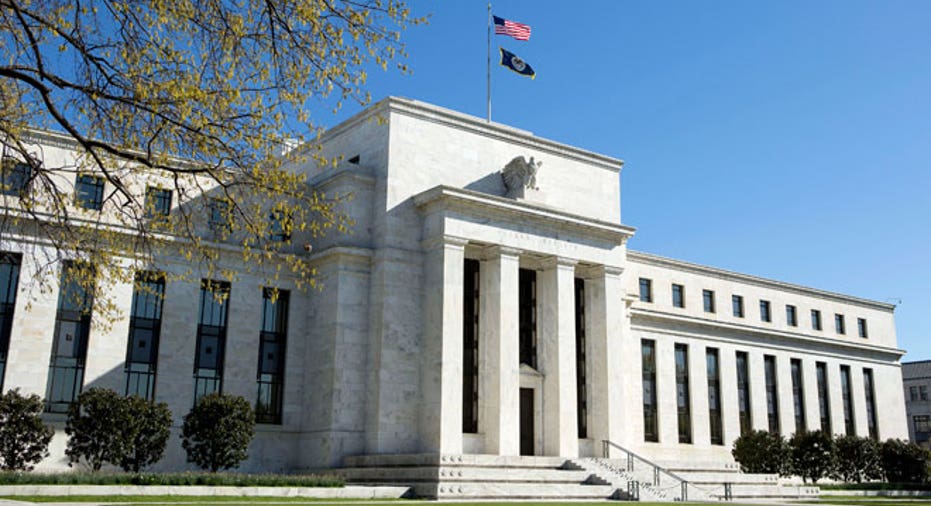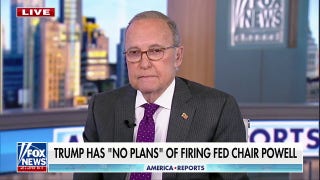Fed Keeps Rates Unchanged, Signals Faith in U.S. Economy

The Federal Reserve kept interest rates unchanged on Wednesday but signaled confidence in the U.S. economic outlook, leaving the door open to a hike in June.
The U.S. central bank's policy-setting committee said the labor market had improved further despite a recent economic slowdown and that it was keeping a close eye on inflation.
It added that global economic headwinds remained on its radar, but removed a specific reference from its last policy statement to the risks they posed.
"The committee continues to closely monitor inflation indicators and global economic and financial developments," the Fed said in a statement following a two-day meeting.
It kept the target range for its overnight lending rate in a range of 0.25 percent to 0.50 percent. The Fed hiked rates in December for the first time in nearly a decade.
For the third consecutive meeting, it did not include any mention of the balance of risks to the economy.
However, the Fed noted that while growth in household spending had moderated, households' real income had risen at a "solid rate" and consumer sentiment remained high.
Inflation has picked up recently, but the Fed on Wednesday said it was expected to remain low in the near term in part because of earlier declines in energy prices. It added that it remained confident inflation would rise to its 2 percent target over the medium term.
Despite strong job gains and an unemployment rate of 4.9 percent, Fed policymakers have previously said they would proceed cautiously in raising rates again due to the uncertainty in the world economy and a lack of inflation pressures at home.
A global equities sell-off and the tightening of financial markets earlier this year largely on concerns of a slowdown in China prompted the Fed's policy-setting committee last month to dial back rate hike expectations for the year.
Fed policymakers currently project two rate hikes in 2016, compared to the four hikes forecast in December.
Stocks have continued to rise since the Fed's March policy meeting and investors' nerves have been soothed by an apparent pick-up in China's economy.
Oil prices also have rallied from a near-collapse earlier this year and the U.S. dollar has shed some of its strength from last year. A robust dollar last year acted as a drag on U.S. manufacturing and other sectors in the economy.
Other major central banks have been grappling with ways to deal with lackluster economies, including the adoption of negative interest rates.
For its part, the Fed is concerned that with interest rates still close to zero it would have to rely on more unconventional policy tools should the economy take a turn for the worse.
An initial estimate of U.S. first-quarter gross domestic product is expected on Thursday to show tepid growth.
Kansas City Fed President Esther George dissented for the second consecutive meeting. (Reporting by Lindsay Dunsmuir and Jason Lange; Editing by Paul Simao)



















